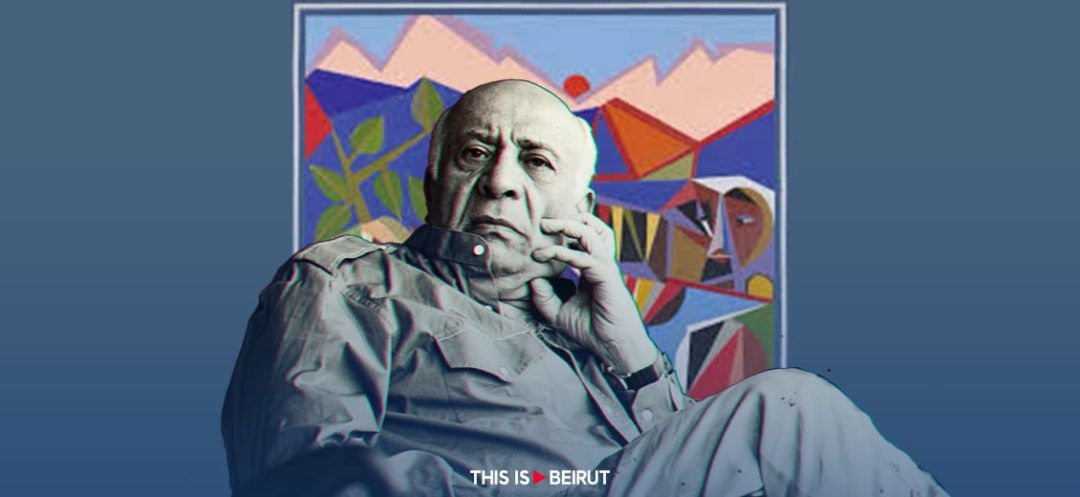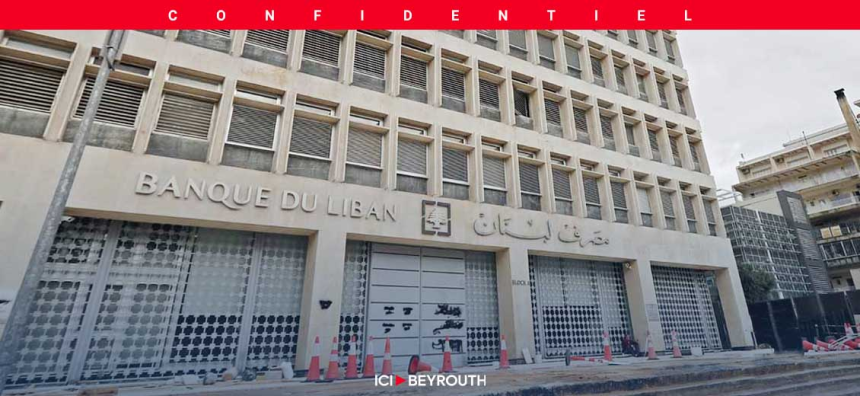
In the annals of contemporary art, few artists have succeeded in weaving a legacy as rich and transcendent as Hussein Madi. His passing on January 17, 2024, plunged the art world into profound mourning. Known as the “Picasso of the Middle East,” Madi not only redefined the boundaries of modern art but also served as a bridge between the worlds of the East and the West through his exceptional work.
January 17, 2024 marks a somber day for the art world with the passing of Hussein Madi, the luminary Lebanese artist. At 86, this prolific artist, often dubbed the “Picasso of the Middle East,” left behind an invaluable legacy, merging the vitality of Middle Eastern art with the audacity of European modernism. His death, announced by the Mark Hachem Gallery in Beirut, sent shockwaves through the cultural world, not only in Lebanon but far beyond.
Born in 1938 in the small town of Shebaa in Lebanon, Hussein Madi was fascinated from a young age by the creative process. His artistic training began at the Lebanese Academy of Fine Arts in Beirut, then continued in Rome. This period was crucial in shaping his unique style, absorbing the rich cultural heritage of the Middle East and the stylistic innovations of Europe. His return to Beirut in 1986 after two decades in Italy marked the beginning of a flourishing era in his career, positioning him among the great names of Lebanese art and earning him broad international recognition.
Madi’s style was a remarkable blend of influences. Drawing inspiration from European masters such as Pablo Picasso and Henri Matisse, he successfully merged elements of their art with the principles of Islamic art. His work, characterized by bold use of color, form, and line, reflected a harmony of composition and balance. He is particularly recognized for his representation of women, captured in statuesque silhouettes, often against geometric backgrounds.
Madi’s art crossed borders, earning global acclaim. His works were exhibited in prestigious institutions such as the British Museum and the Venice Biennale. He presented his art across Europe, the Arab region, and as far as Japan, becoming a leading cultural figure. In addition to his artistic activities, Madi was also a passionate educator, teaching at the Institute of Fine Arts at the Lebanese University and the Lebanese Academy of Fine Arts, thus influencing a generation of Lebanese artists.
As a painter, sculptor and engraver, he mastered multiple mediums, reflecting an innovative approach to art. His work at the Atassi Foundation and other institutions reveals his diversified talent and deep understanding of the cultural heritage of the Levant and the techniques of the Ancient Masters.
More than just an artist, Madi was a mentor and a source of inspiration for many artists and art enthusiasts. His approach to teaching art, which focused not only on techniques and styles but also on the philosophical foundations of art, shaped creative and innovative minds.
Madi’s influence extends far beyond his work. His legacy also lies in the countless lives he touched through his teaching and his profound impact on the artistic community. The Dalloul Art Foundation, for example, speaks of his unique artistic approach, recognizing his chromatic explorations and flat forms, while drawing parallels with the art of Picasso and Matisse.
In celebrating the life and work of Hussein Madi, we do not merely commemorate the end of an era, but we honor an immortal artistic journey. His spirit, which defies the norms of art, joined the Pantheon of Absolute Art. In remembering Madi, we celebrate a creative journey that has enriched and will continue to enrich the world of art. His legacy will endure through the ages, well beyond the walls of galleries and museums, resonating in the hearts and minds of art enthusiasts around the world.
Read more





Comments